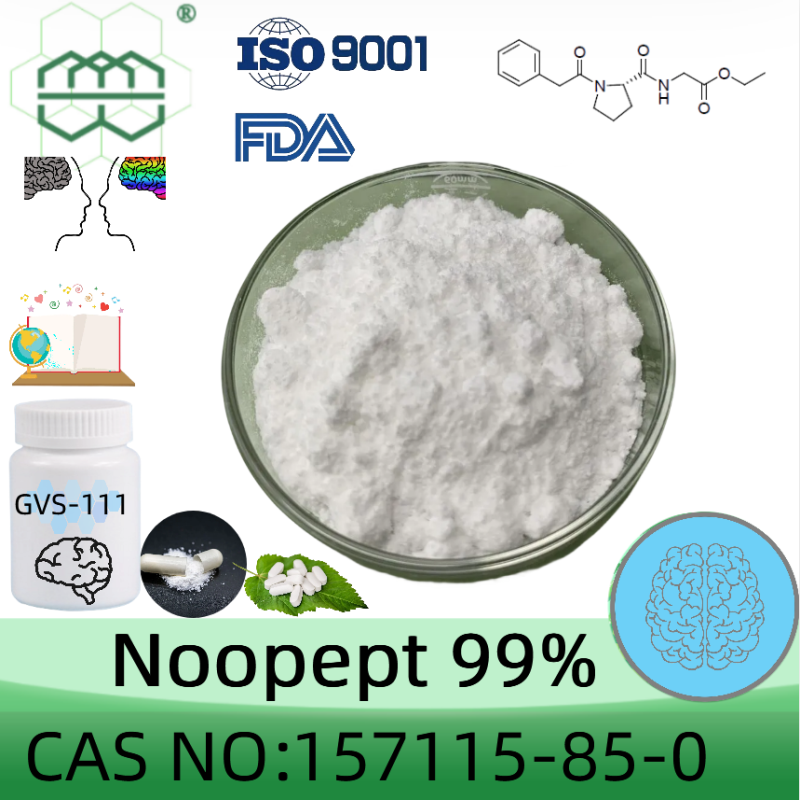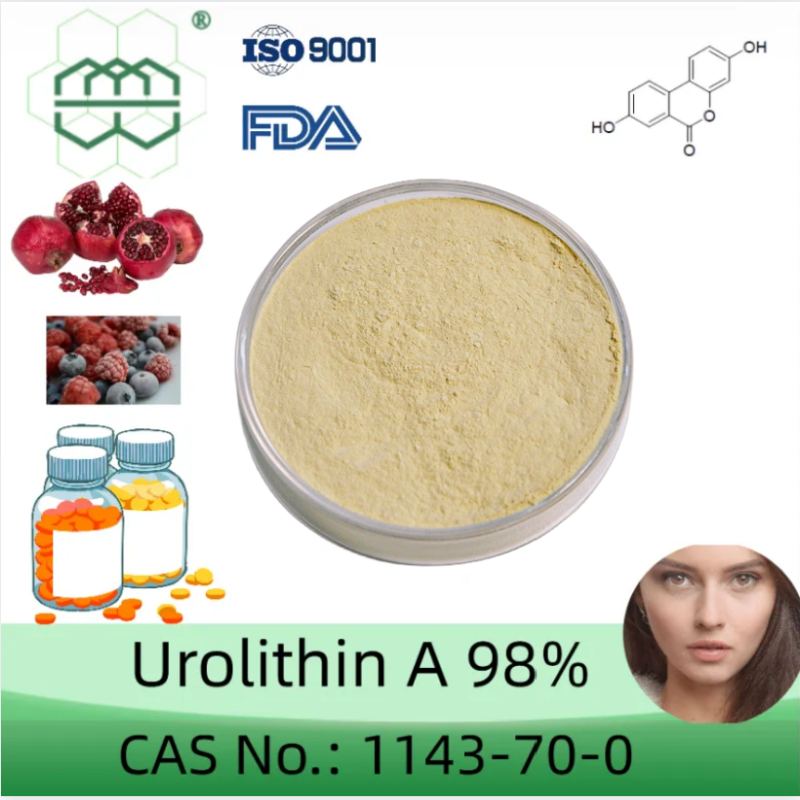-
Categories
-
Pharmaceutical Intermediates
-
Active Pharmaceutical Ingredients
-
Food Additives
- Industrial Coatings
- Agrochemicals
- Dyes and Pigments
- Surfactant
- Flavors and Fragrances
- Chemical Reagents
- Catalyst and Auxiliary
- Natural Products
- Inorganic Chemistry
-
Organic Chemistry
-
Biochemical Engineering
- Analytical Chemistry
-
Cosmetic Ingredient
- Water Treatment Chemical
-
Pharmaceutical Intermediates
Promotion
ECHEMI Mall
Wholesale
Weekly Price
Exhibition
News
-
Trade Service
World Agrochemical Network Chinese website reported: Recently, Syngenta launched two new foodmate.
net/tag_1566.
html" class="zdbq" title="Fungicide-related food information" target="_blank">fungicides Mitrion ( benzodifluconazole + foodmate.
net/tag_142.
html" class="zdbq" title="Prothioconazole related food information" target="_blank">prothioconazole ) and Alade (benzodifluconazole + ciproconazole + foodmate.
net/tag_122.
html" class="zdbq" title="Difenoconazole related food information" target="_blank">benzene).
Methiconazole ) to deal with diseases such as cercosporiosis, target spot disease, anthracnose and foodmate.
net/tag_269.
html" class="zdbq" title="Soy-related food information" target="_blank">soybean rust.
The impact of these diseases on soybean production has been increasing in recent years, which can lead to a reduction of up to 90% and cause billions of dollars in losses every year.
net/tag_1566.
html" class="zdbq" title="Fungicide-related food information" target="_blank">fungicides Mitrion ( benzodifluconazole + foodmate.
net/tag_142.
html" class="zdbq" title="Prothioconazole related food information" target="_blank">prothioconazole ) and Alade (benzodifluconazole + ciproconazole + foodmate.
net/tag_122.
html" class="zdbq" title="Difenoconazole related food information" target="_blank">benzene).
Methiconazole ) to deal with diseases such as cercosporiosis, target spot disease, anthracnose and foodmate.
net/tag_269.
html" class="zdbq" title="Soy-related food information" target="_blank">soybean rust.
The impact of these diseases on soybean production has been increasing in recent years, which can lead to a reduction of up to 90% and cause billions of dollars in losses every year.
foodmate.
net/tag_3725.
html" class="zdbq" title="Brazil-related food information" target="_blank">Brazil’s soybean planting area is close to 40 million hectares, and disease is one of the main factors affecting soybean productivity.
Different agronomic conditions, diversification of planted varieties, and increasingly serious disease situations have brought challenges to existing technologies, especially due to the limited scope and effectiveness of pesticide product ingredients, which in many cases cannot be fully controlled.
Disease.
net/tag_3725.
html" class="zdbq" title="Brazil-related food information" target="_blank">Brazil’s soybean planting area is close to 40 million hectares, and disease is one of the main factors affecting soybean productivity.
Different agronomic conditions, diversification of planted varieties, and increasingly serious disease situations have brought challenges to existing technologies, especially due to the limited scope and effectiveness of pesticide product ingredients, which in many cases cannot be fully controlled.
Disease.
In response to this situation, Syngenta prioritized the development of sustainable agriculture and higher levels of productivity, and added two new fungicides developed based on a unique combination of technologies to its product portfolio.
Both products can effectively and stably control soybean diseases.
The two active ingredients of Mitrion have different modes of action but complement each other, and have excellent control effects on various spot diseases (mainly target stain) and rust.
Alade is compounded with three active ingredients, which has a wider range of disease prevention and control and a more stable effect.
Both products can effectively and stably control soybean diseases.
The two active ingredients of Mitrion have different modes of action but complement each other, and have excellent control effects on various spot diseases (mainly target stain) and rust.
Alade is compounded with three active ingredients, which has a wider range of disease prevention and control and a more stable effect.
Marcos Queirós, head of Syngenta fungicides, emphasized: “The spread of diseases in rural areas has caused huge losses to farmers.
The demand for control effects and innovation of growers has not been met, mainly because the technology to meet different agronomic solutions is too scarce.
Several planting systems, planting time and varieties will directly affect the severity of field diseases.
"
The demand for control effects and innovation of growers has not been met, mainly because the technology to meet different agronomic solutions is too scarce.
Several planting systems, planting time and varieties will directly affect the severity of field diseases.
"
"This situation needs to be changed.
To this end, we launched Mitrion and Alade to fill this gap.
Through the unique combination of highly effective and effective ingredients with different modes of action, we have made innovations in disease prevention and control to ensure that various agronomic conditions To maximize the control effect of the product," he concluded.
To this end, we launched Mitrion and Alade to fill this gap.
Through the unique combination of highly effective and effective ingredients with different modes of action, we have made innovations in disease prevention and control to ensure that various agronomic conditions To maximize the control effect of the product," he concluded.
A variety of new technologies compete in the vital field of agriculture.
According to a survey conducted by Spark, a Brazilian agribusiness information service provider, the soybean fungicide market alone amounts to US$2.
8 billion.
These two new products will be positioned in the high-end market, which has a potential of US$1.
6 billion.
According to a survey conducted by Spark, a Brazilian agribusiness information service provider, the soybean fungicide market alone amounts to US$2.
8 billion.
These two new products will be positioned in the high-end market, which has a potential of US$1.
6 billion.
Mitrion is a combination of Solatenol (benzonifluconazole) and prothioconazole, which is a high-performance and potent bactericide.
Combining the preventive effect of benzodifluconazole and the therapeutic effect of prothioconazole makes Mitrion both spot and rust control effects.
Combining the preventive effect of benzodifluconazole and the therapeutic effect of prothioconazole makes Mitrion both spot and rust control effects.
The fungicide Alade is compounded with three active ingredients, which together maximize the product's ability to prevent and control diseases.
Solatenol contained in Alade is a highly viscous, highly permeable formamide, which makes the product an important preventive effect.
In addition, Alade compounded cyproconazole and difenoconazole, two highly selective and high-efficiency triazole active ingredients, so that they have dual systemic effects.
Ciproconazole is unique due to its fluidity and rust control effects, while difenoconazole is specifically used for spot disease control.
The synergistic effect of the three active ingredients makes Alade the fungicide with the broadest control spectrum on the market, and it has a particularly stable control effect on anthracnose, cercosporiosis and powdery mildew.
Solatenol contained in Alade is a highly viscous, highly permeable formamide, which makes the product an important preventive effect.
In addition, Alade compounded cyproconazole and difenoconazole, two highly selective and high-efficiency triazole active ingredients, so that they have dual systemic effects.
Ciproconazole is unique due to its fluidity and rust control effects, while difenoconazole is specifically used for spot disease control.
The synergistic effect of the three active ingredients makes Alade the fungicide with the broadest control spectrum on the market, and it has a particularly stable control effect on anthracnose, cercosporiosis and powdery mildew.
"Both product formulations will use Empowered Control technology to make them have better adhesion, diffusion and transferability.
The products contain Syngenta's patented proprietary additives and surfactants," Queirós emphasized .
The products contain Syngenta's patented proprietary additives and surfactants," Queirós emphasized .
The person in charge pointed out: The use of new products must be combined with appropriate management strategies.
"The success of disease prevention and control requires a combination of the most advanced strategies and technologies.
Syngenta's conscious management based on 10 principles (Conscious Management) based on good agronomic practices, understanding of planting patterns and planting varieties, technical knowledge of the products and their characteristics, recommendations tailored to regions and appropriate application technologies, clearly pointing out the direction of our action, namely Ensure effective control, long molecular lifespan, and high productivity levels," he explained.
"The success of disease prevention and control requires a combination of the most advanced strategies and technologies.
Syngenta's conscious management based on 10 principles (Conscious Management) based on good agronomic practices, understanding of planting patterns and planting varieties, technical knowledge of the products and their characteristics, recommendations tailored to regions and appropriate application technologies, clearly pointing out the direction of our action, namely Ensure effective control, long molecular lifespan, and high productivity levels," he explained.
Syngenta's new technology aims to achieve more efficient and balanced production, which is one of the main commitments in Syngenta's "Sustainable Agriculture Program".
One of the goals of the plan is to develop at least two new disruptive technologies every year to help growers cope with climate change.
In addition, by 2025, Syngenta's investment in sustainable agriculture will reach US$2 billion.
One of the goals of the plan is to develop at least two new disruptive technologies every year to help growers cope with climate change.
In addition, by 2025, Syngenta's investment in sustainable agriculture will reach US$2 billion.







